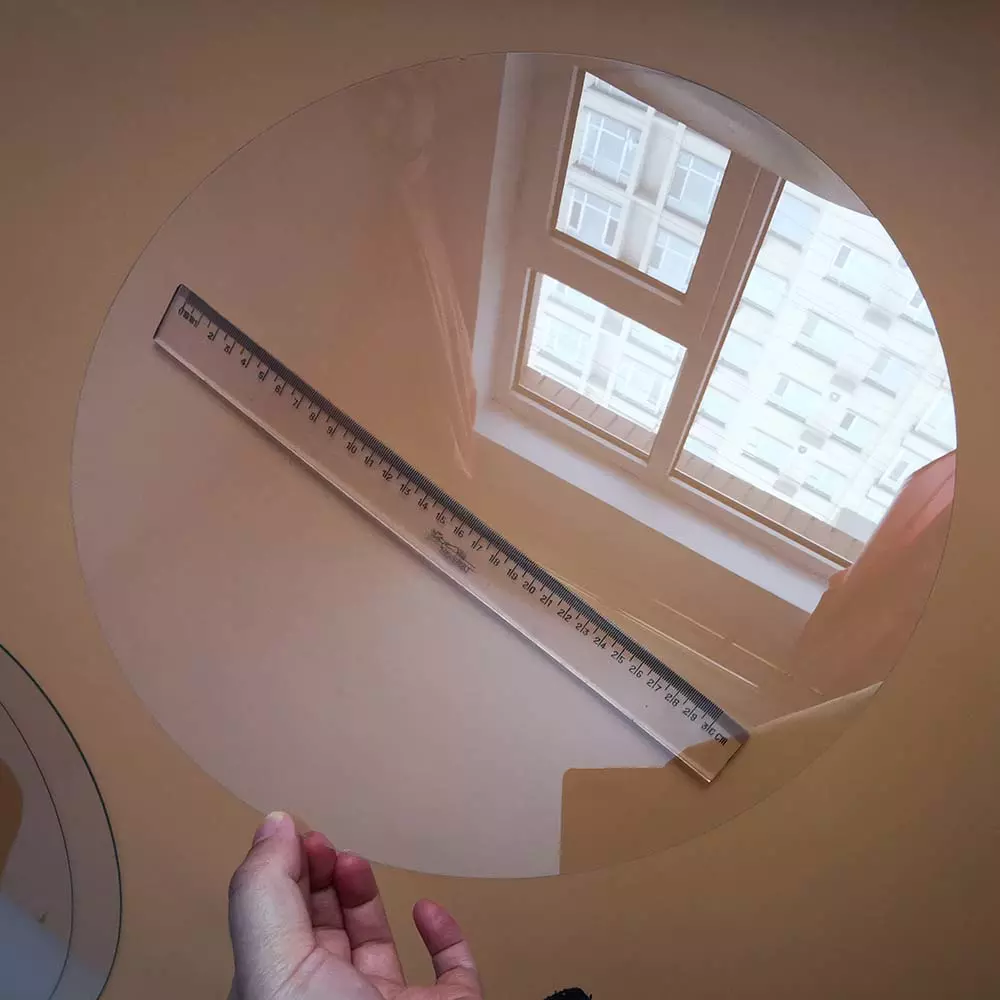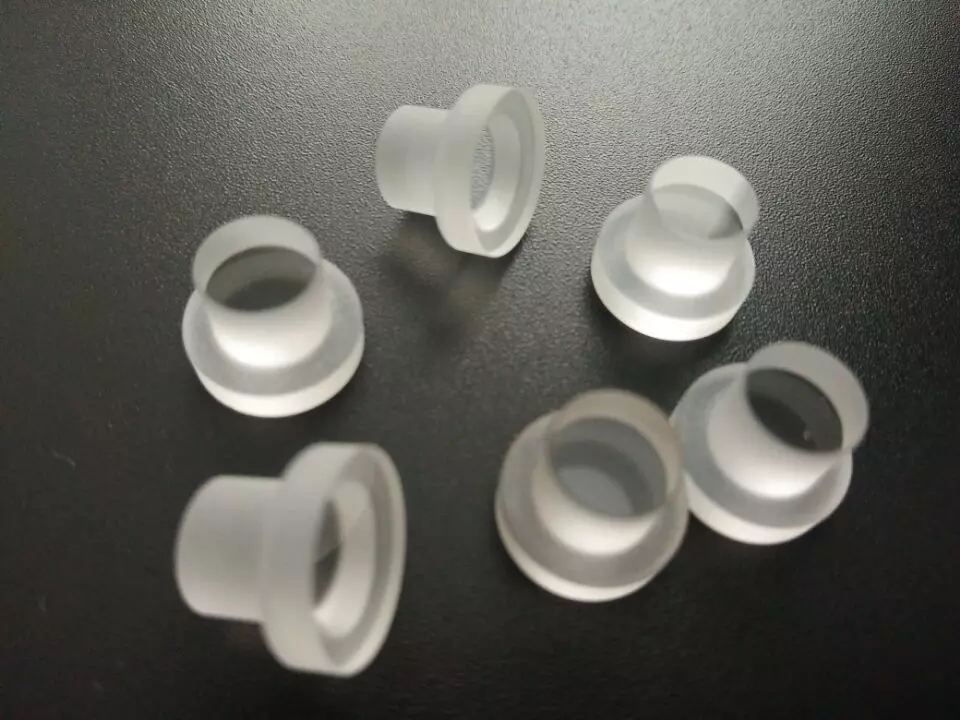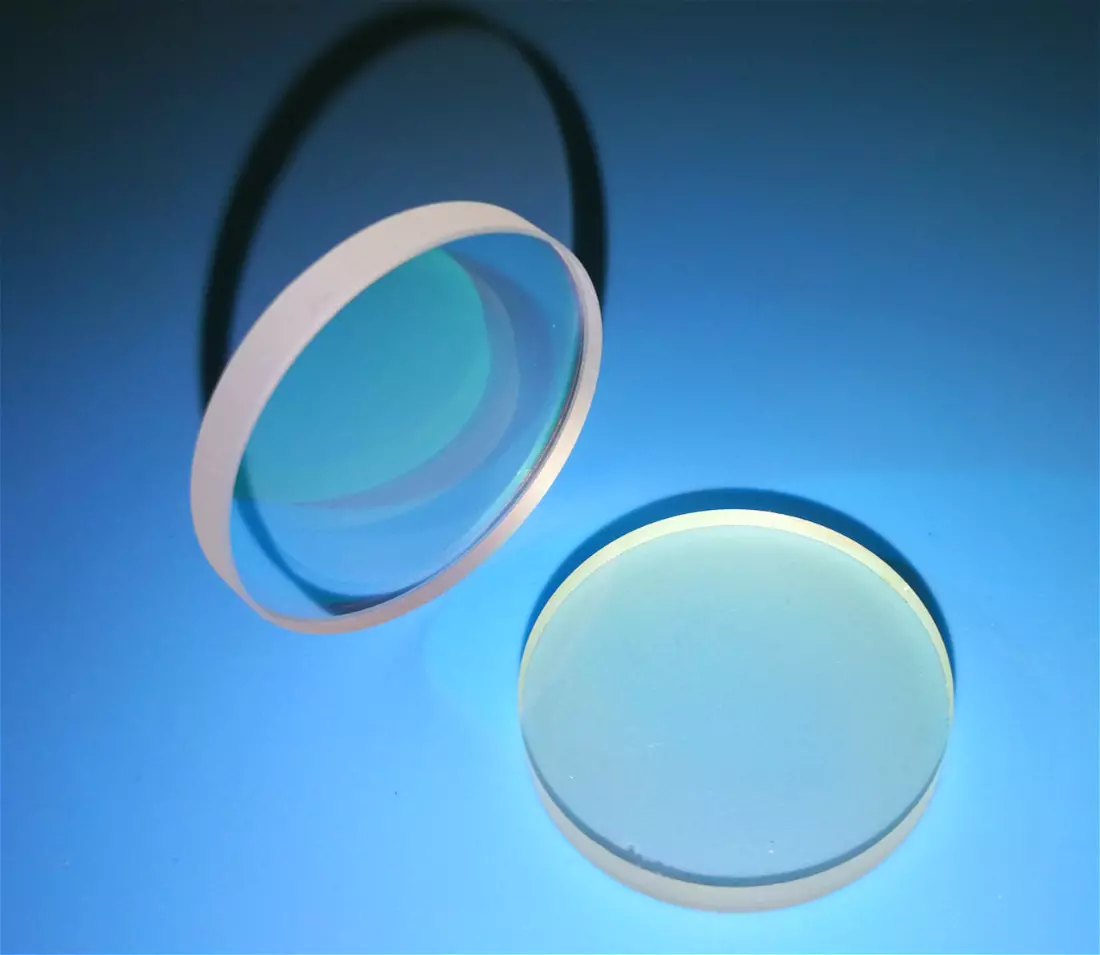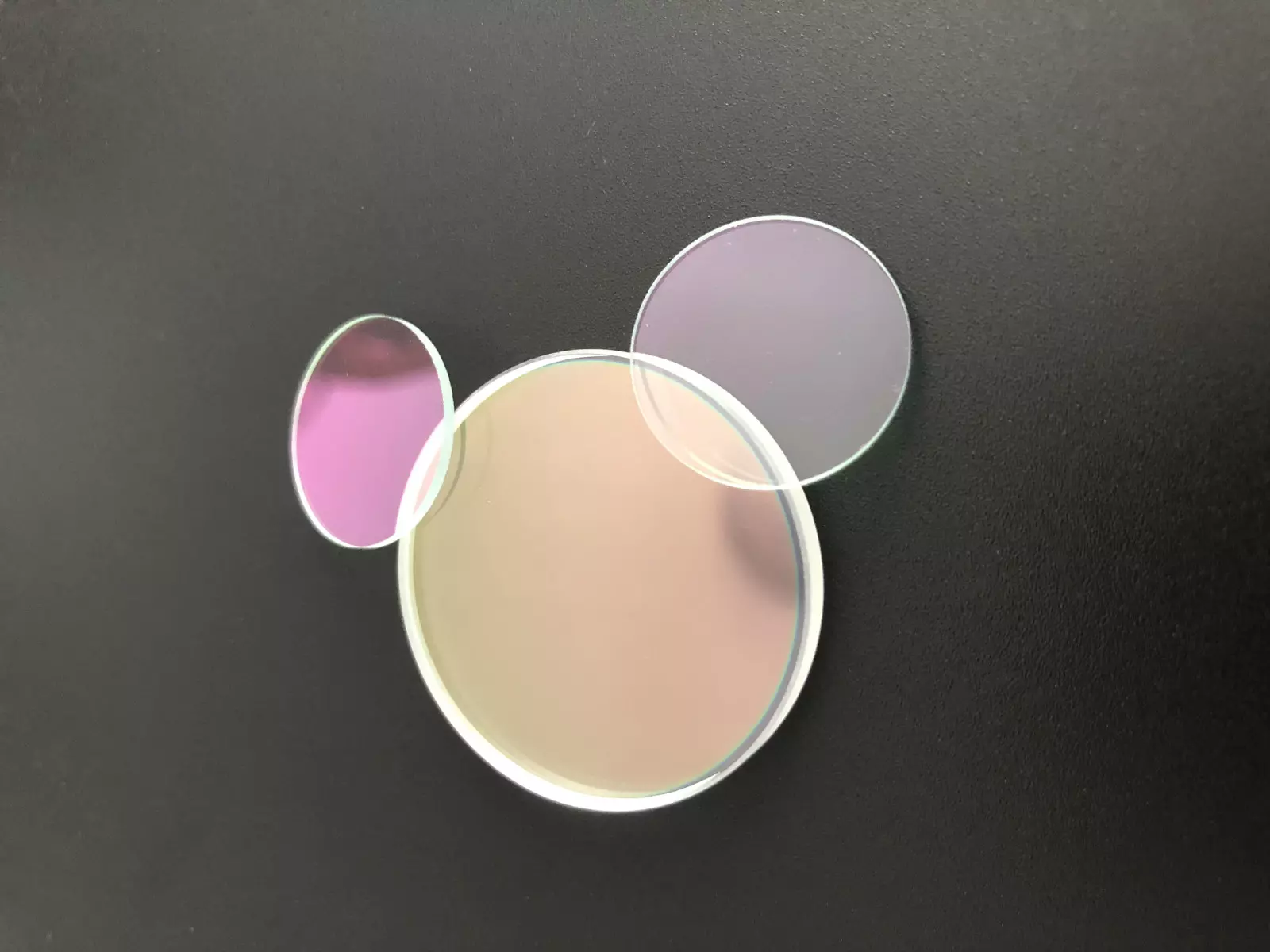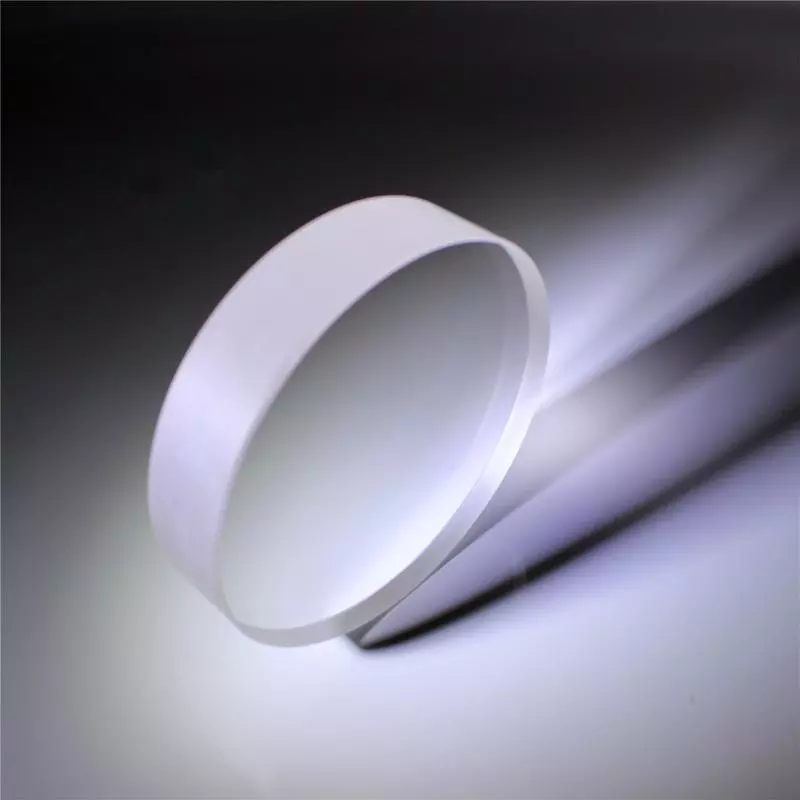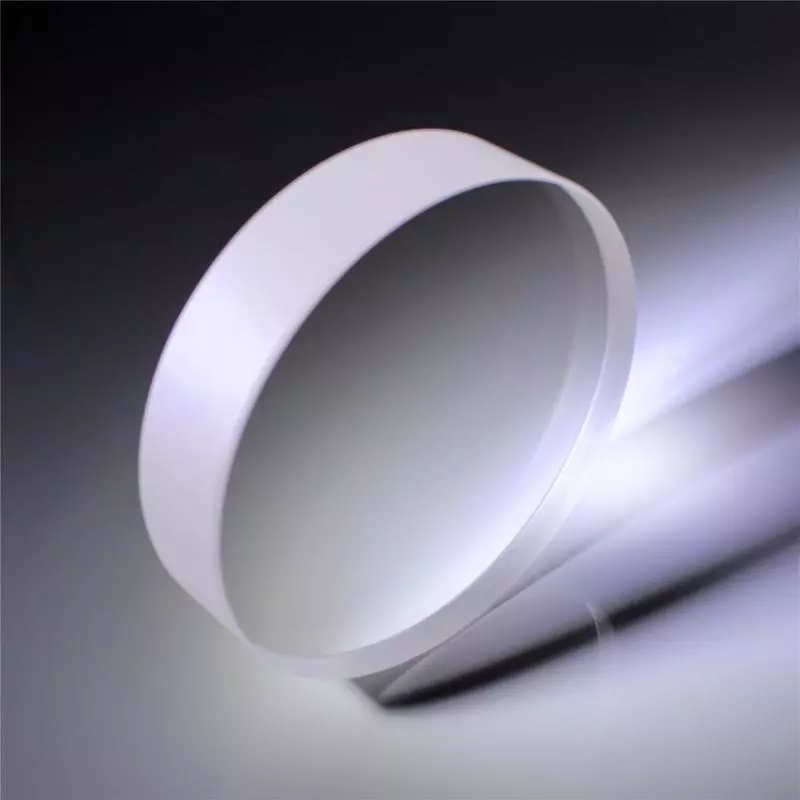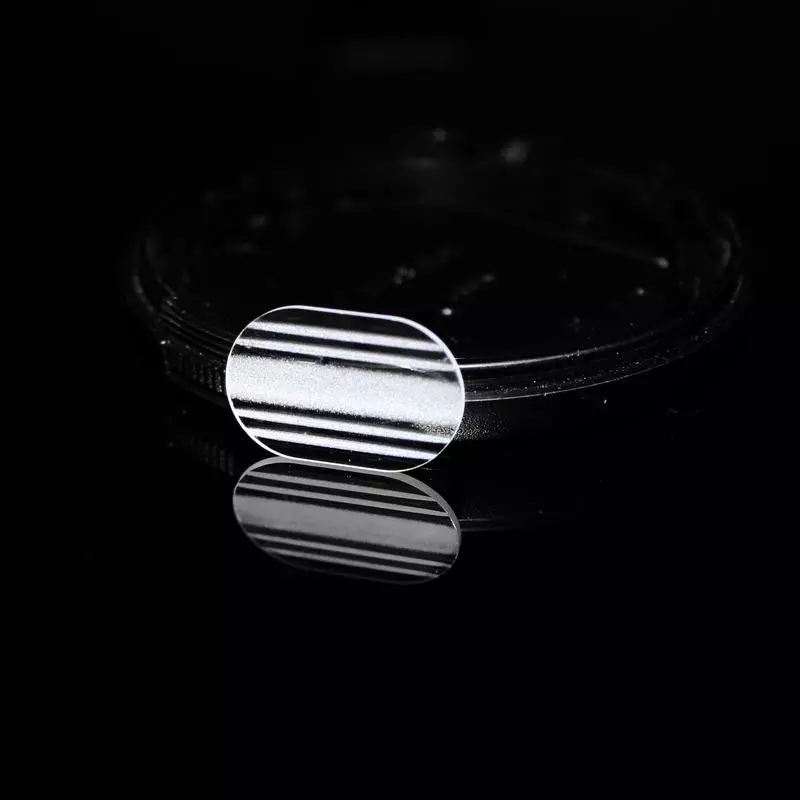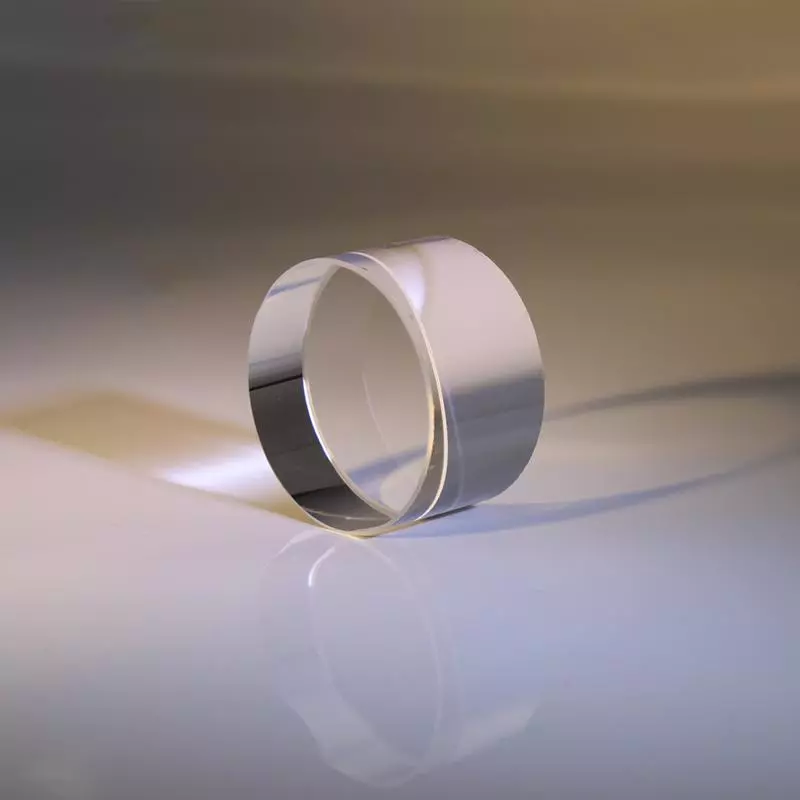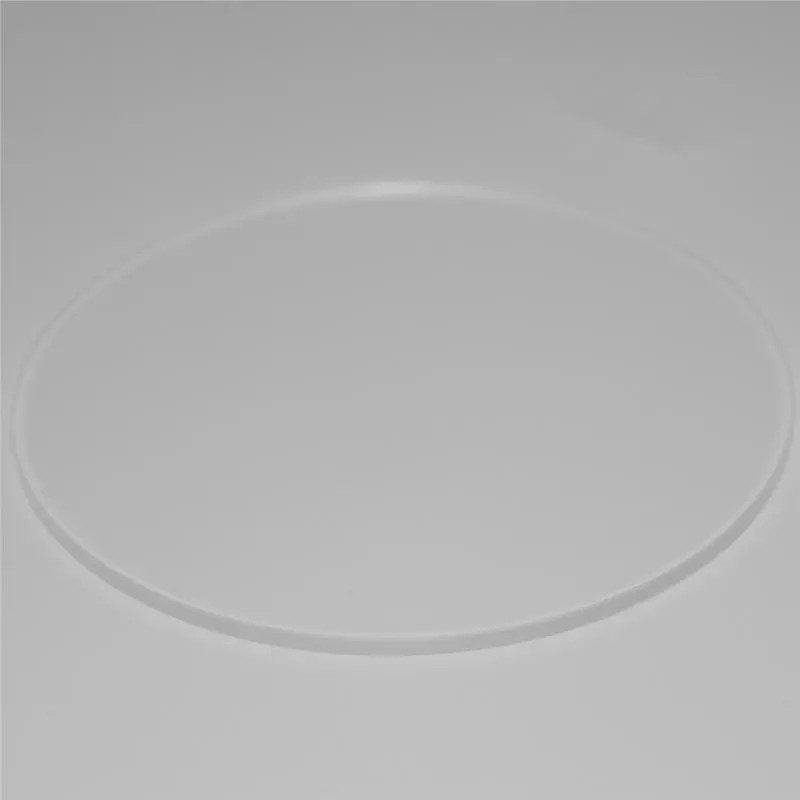Optical window
An optical window is a transparent, flat component designed to allow the passage of light with minimal distortion. These elements are used in high-precision applications such as scientific instrumentation, laser systems, and optical sensors. The demand for high-quality optical window glass continues to grow, driving advancements in material science and manufacturing techniques.
High-Quality Optical Windows for Maximum Light Transmission
When selecting an optical window, it is crucial to consider factors such as material, coating options, and wavelength range. High-performance optical windows are manufactured from a variety of materials, including fused silica, sapphire, and specialized optical glass, to ensure superior light transmission and durability.
Types of Optical Windows
- Fused Silica Windows
Known for their excellent thermal and chemical stability, fused silica optical windows are ideal for UV to near-infrared applications. Their high transmission properties and low thermal expansion make them suitable for extreme environments. - Sapphire Optical Windows
Sapphire optical window glass is highly resistant to scratches and chemical damage, making it a preferred choice for harsh environments, including aerospace and military applications. - BK7 Optical Windows
BK7 is a common material in the optical window market due to its cost-effectiveness and excellent optical clarity in the visible and near-infrared spectrum. - Germanium and Silicon Windows
Used in infrared applications, germanium and silicon optical windows are essential for thermal imaging systems and IR spectroscopy.
Key Features of Optical Windows
- High Light Transmission – Premium optical windows minimize reflection and maximize light throughput, ensuring optimal performance in optical systems.
- Customizable Coatings – Anti-reflective (AR) coatings enhance transmission efficiency, while dielectric coatings provide wavelength-specific reflection control.
- Durability and Resistance – Materials such as sapphire and fused silica offer exceptional resistance to environmental factors, ensuring long-lasting performance in demanding applications.
Applications of Optical Windows
- Industrial and Scientific Applications – In research laboratories, optical window glass plays a crucial role in spectroscopy, microscopy, and photonics experiments. These components ensure accurate data collection by providing distortion-free light transmission.
- Laser Systems – High-power laser applications require precision-engineered optical windows that can withstand intense energy without compromising clarity.
- Aerospace and Defense – The optical window market serves military and aerospace industries, where robust and high-performance windows are essential for sensors, targeting systems, and navigation instruments.
- Medical and Biomedical Devices – From endoscopes to laser treatment systems, optical window glass is a key component in medical imaging and diagnostic devices.
Choosing the Right Optical Window
When selecting an optical window, consider the following factors:
- Material Suitability – Choose materials based on application-specific requirements, such as wavelength compatibility and environmental conditions.
- Surface Quality – Precision-polished surfaces reduce scattering and improve optical clarity.
- Coating Options – Enhance transmission and minimize reflection with AR and custom coatings.
- Size and Thickness – Tailor dimensions to fit specific optical assemblies for maximum efficiency.
The optical window market continues to evolve, offering advanced solutions for diverse industries. Whether for scientific research, aerospace, or laser systems, premium optical windows play a critical role in ensuring high-performance light transmission and durability.
We offer fast and secure shipping of optical windows across the USA and Europe, ensuring timely delivery for scientific, industrial, and aerospace applications. Our trusted logistics network guarantees safe handling and efficient transit, so you receive high-quality optical window glass without delays. Experience hassle-free international shipping with our reliable service.
Our Ordering Process
Send us your request with detailed specifications
Receive a commercial offer with terms and costs
After your approval, we handle manufacturing, quality control, and shipping
📦 Shipping
3-5 days in EU, from 10 days to USA
💳 Payment methods
Cash, Bank Transfer, Cards (Visa, Mastercard, Amex, Discover) and PayPal
💬 Questions?
Contact us via WhatsApp, phone, live chat or email
